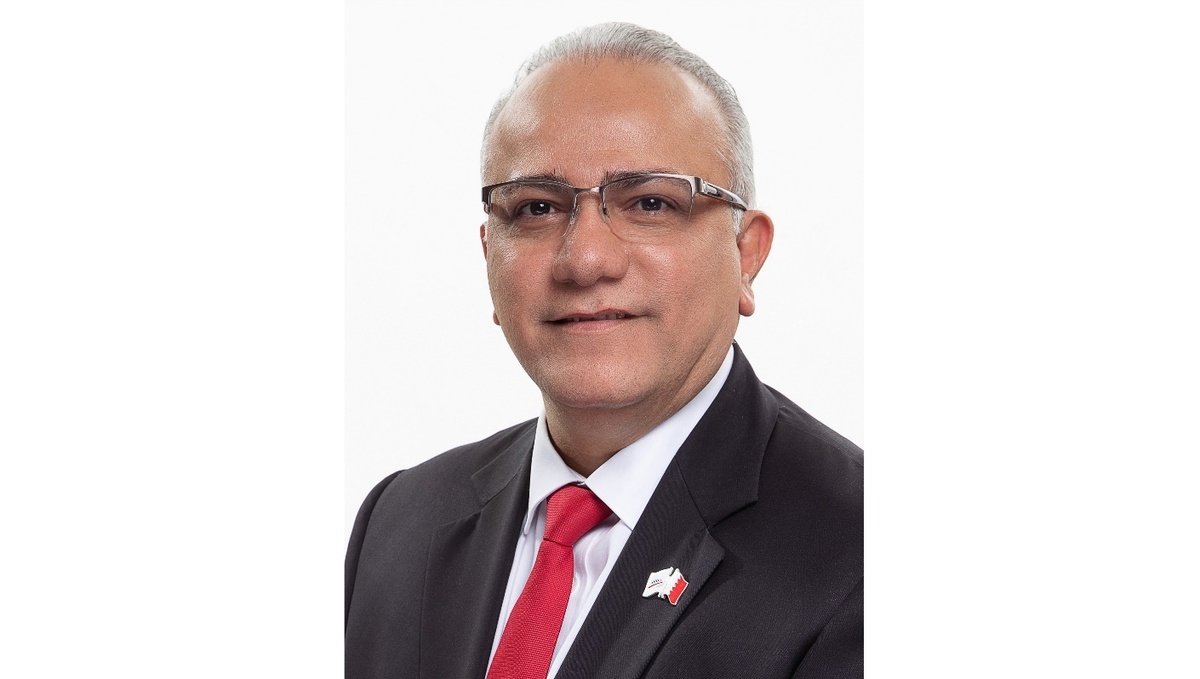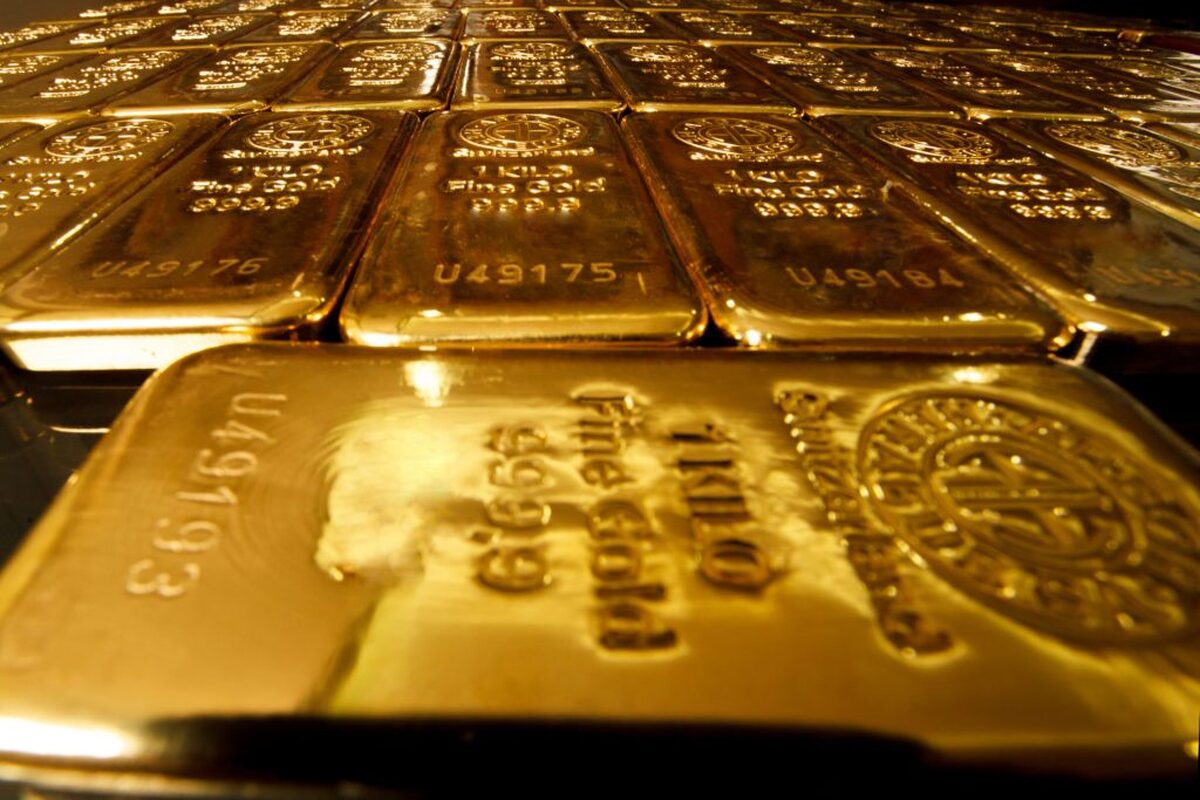
Junkyard palladium growing as an answer to disappearing resource
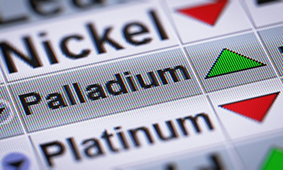

With palladium prices up 80 percent since mid-August, recyclers are gaining an edge at a time when some producers are forecasting a deficit of about 1 million ounces for the year. If the raw metal is removed from holders in 2019 at the same rate as 2018, “known inventories” may run out in about a year, said Nicky Shiels, a strategist at the Bank of Nova Scotia.
Recyclers can recover about 90 percent of the metal from catalytic converters in junked cars for a fraction of the cost of mining it. The result: As prices surged, so did the amount of reclaimed palladium. In the first 10 months of 2018, 3.2 million ounces were returned to the market, up 11 percent from the year earlier. That’s almost half the amount produced in mines.
“Recycling is where we expect to see the strongest growth,” said Suki Cooper, an analyst at Standard Chartered Bank, by telephone. "It’s a significant portion of total supply.”
About 80 percent of palladium ends up in the exhaust systems of cars, where it helps turn pollutants into less-harmful carbon dioxide and water vapor. It’s also used in electronics, dentistry and jewelry. The metal’s mined primarily in Russia and South Africa, and mostly extracted as a secondary product to other metals, such as platinum or nickel.
The problem moving forward, according to Cooper, is that there are “no fresh investments to increase output in either of the two regions.”
Falling short
In 2019, the amount of palladium produced is projected to fall short of demand for the eighth straight year. While some obscure metals are still more valuable, the price for palladium topped gold in December for the first time since the early 2000s.
Scrap dealers “are more aware of where palladium prices are. Over the past two years, we’ve been seeing an increase in recycling” driven by higher prices of platinum group metals, including palladium, and higher steel prices as well, Cooper said. At the same time, she added, "scrap dealers are also recovering spent autocats at a faster pace.”
Three grams
Recyclers recover about three grams of palladium from the catalytic converters in junked cars in a three-step process that starts with a dealer removing the catalytic converter. Refiners will then use large semi-automated sheers to get to the palladium before it’s ground into a fine powder in a large milling machine.
To make it 99.95 percent pure, the powder is then concentrated using an electric arc furnace and refined through a wet chemical process, according to BASF, which has recycling facilities in South Carolina, Michigan and the U.K.
Meanwhile, all of this is happening as consumption of palladium could increase with the production of electric vehicles amid a global push to cut emissions for cleaner air, Eily Ong, an analyst at Bloomberg Intelligence.
“The EU has a binding target of cutting emissions by at least 40 percent by 2030 from 1990 levels, while China aims for 26-28 percent cuts from 2005 levels,” Ong wrote in a report.
There are other factors helpful to the recyclers as well. The volume of vehicles sold for scrap increased last year as the price of steel climbed, making it more profitable to scrap old cars, according to Pete Duncan, general manager of market research for Johnson Matthey Plc, a U.K.-based specialty chemicals company.
While automakers could throw a wrench in palladium’s use by switching to platinum, which has many of the same characteristics, it’s not an easy change. Research shows that technological advances are needed before platinum can match the performance of existing palladium-based catalytic converters, and analysts have said it could take as long as 18 months to incorporate such a switch.
In the meantime, recyclers are doing their best to take advantage of the deficit.
“The market trends are clear,” said Uve Kupka, the president for North America at Heraeus Precious Metals, in an email. His company is now “aggressively” investing in its global recycling business, he added.

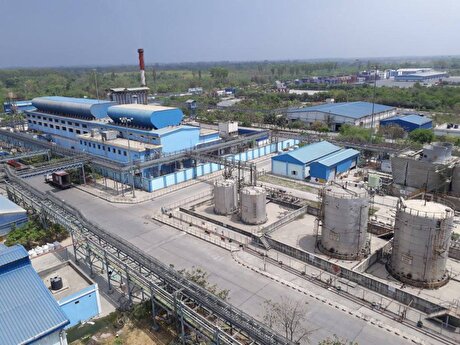
Hindustan Zinc to invest $438 million to build reprocessing plant

Gold price edges up as market awaits Fed minutes, Powell speech

Glencore trader who led ill-fated battery recycling push to exit
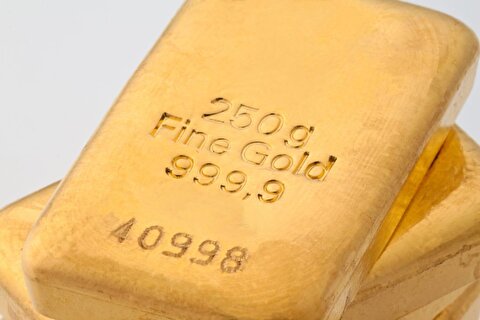
UBS lifts 2026 gold forecasts on US macro risks

Roshel, Swebor partner to produce ballistic-grade steel in Canada

Iron ore price dips on China blast furnace cuts, US trade restrictions

EverMetal launches US-based critical metals recycling platform
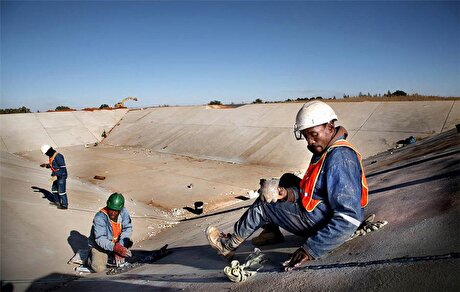
South Africa mining lobby gives draft law feedback with concerns
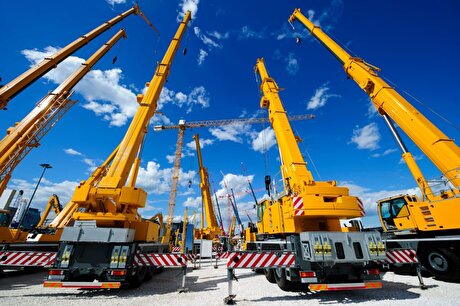
US hikes steel, aluminum tariffs on imported wind turbines, cranes, railcars

Barrick’s Reko Diq in line for $410M ADB backing

Gold price gains 1% as Powell gives dovish signal

Electra converts debt, launches $30M raise to jumpstart stalled cobalt refinery
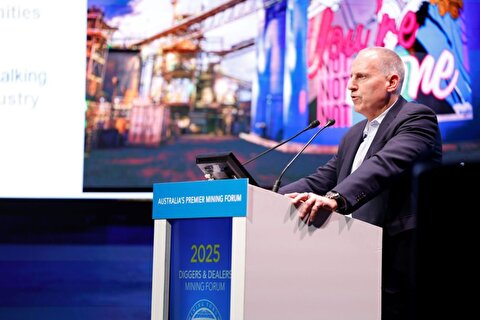
Gold boom drives rising costs for Aussie producers
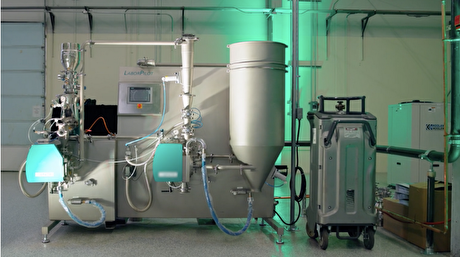
Vulcan Elements enters US rare earth magnet manufacturing race
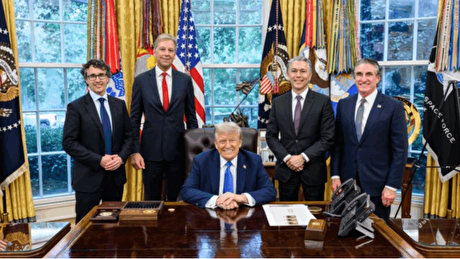
Trump raises stakes over Resolution Copper project with BHP, Rio Tinto CEOs at White House
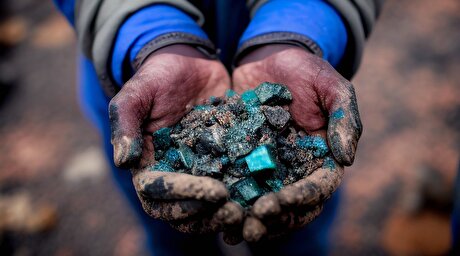
US seeks to stockpile cobalt for first time in decades

Trump weighs using $2 billion in CHIPS Act funding for critical minerals

Nevada army depot to serve as base for first US strategic minerals stockpile

Emirates Global Aluminium unit to exit Guinea after mine seized

Barrick’s Reko Diq in line for $410M ADB backing

Gold price gains 1% as Powell gives dovish signal

Electra converts debt, launches $30M raise to jumpstart stalled cobalt refinery

Gold boom drives rising costs for Aussie producers

Vulcan Elements enters US rare earth magnet manufacturing race

US seeks to stockpile cobalt for first time in decades

Trump weighs using $2 billion in CHIPS Act funding for critical minerals

Nevada army depot to serve as base for first US strategic minerals stockpile

Tailings could meet much of US critical mineral demand – study

